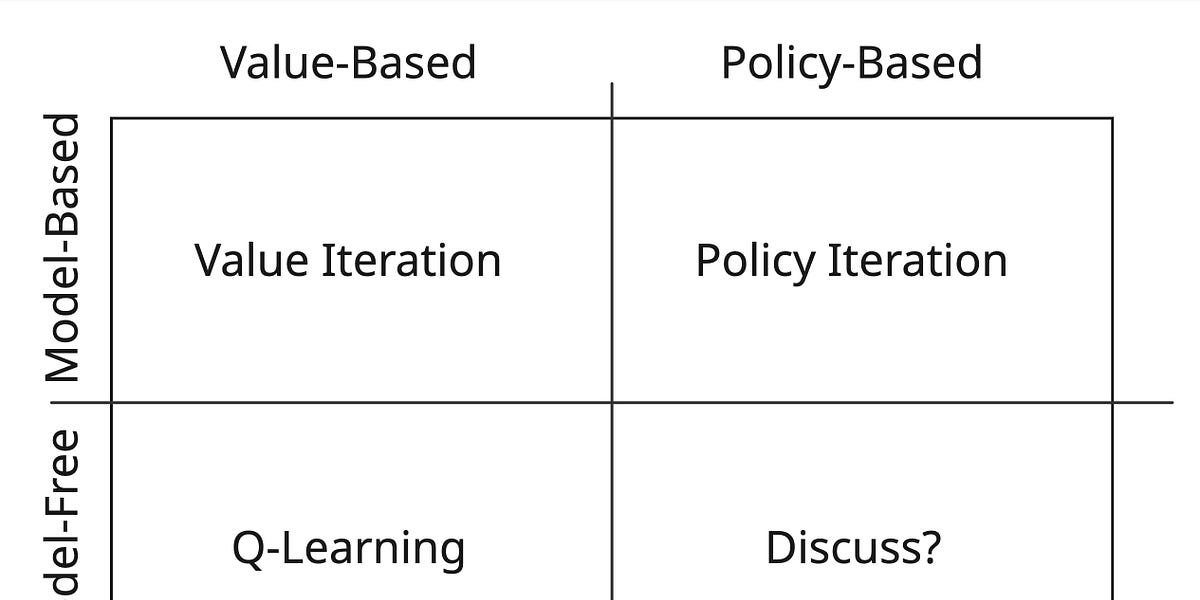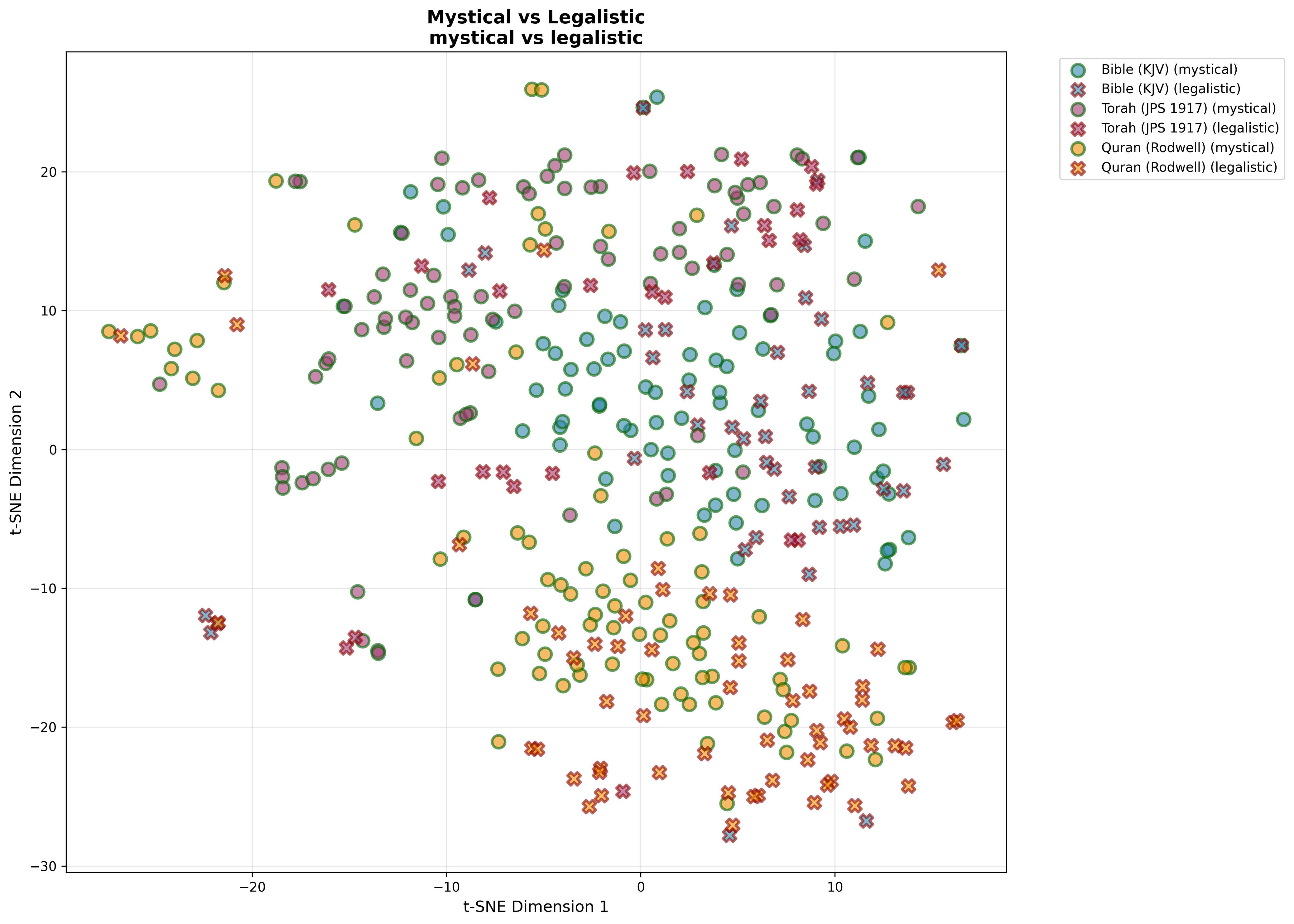Press enter or click to view image in full size
Joseph A. Razo
Crypto & Fintech Writer | Blockchain Journalist | Technical Writer. Follow me on X: @GoldisinMyVienz
October 6, 2025
Disclaimer: This article is for informational purposes only and does not constitute financial or investment advice. The views expressed reflect the author’s personal analysis and should not be interpreted as recommendations to buy, sell, or trade any asset. Cryptocurrency markets are highly volatile and subject to change. Always do your own research and consult a licensed financial advisor before making financial decisions.
Frankfurt in autumn carries the chill of decision-making. Beneath Sibos 2025’s glass ceilings, where bankers and blockchain founders traded familiar jargon about liquidity, compliance, and settlement cycles, one theme finally broke through the polite noise: stablecoins and tokenized assets weren’t fringe anymore.
What was once an academic experiment has become the focal point of every serious financial discussion. The industry that once mocked programmable money as a speculative toy now sees it as the plumbing of a new era. And right at the heart of that transition stood Zebec Network — a company that doesn’t chase hype but quietly builds infrastructure to make money move like information: instantly, continuously, and across borders.
Zebec didn’t leave Sibos with pyrotechnics or viral headlines. It left with follow-ups, handshakes, and something better — validation. Evidence that traditional finance is beginning to adapt to the internet’s pace.
Late July 2025 — The Infrastructure Shift Begins
The story starts quietly, with a technical footnote that now reads like foreshadowing. In July 2025, Zebec announced it was adding OctaSpace (OCTA) to its cards and forging a strategic compute partnership for its ZeAI workloads. On the surface, it looked like an infrastructure upgrade — another line in a changelog.
But under the hood, it was a pivot toward modular decentralized computing. OctaSpace’s role went beyond transaction processing; it became part of Zebec’s plan to distribute the brainpower behind its streaming payments network. In a world leaning toward real-time settlement, centralized servers become bottlenecks. Zebec’s partnership pointed toward an internet-native solution: a network that scales horizontally, not hierarchically.
That’s how fintech evolves — quietly, iteratively, until one morning the architecture of money looks nothing like it did the night before.
July–August 2025 — Tokenomics With Receipts
Utility doesn’t always roar. Sometimes it whispers through balance sheets. Over those two months, Zebec bought back 15,197,200 ZBCN, worth roughly $60,000, funded entirely from card revenues.
That figure isn’t massive — but it’s meaningful. Because for once, token support came from real usage, not investor reserves or speculative cycles. Each card swipe fed liquidity back into the system, closing a loop between product and protocol.
It’s a tangible example of functional tokenomics — where the ecosystem funds itself through activity. Every payroll stream, every corporate disbursement, every payment at a checkout counter contributes to the same network it depends on.
Zebec didn’t need hype to justify its token; it needed a functioning business model. This buyback was a receipt that something real was happening behind the dashboard.
August–September 2025 — When Connectivity Meets Capital
Then came ZebecNET, the project that might eventually make Zebec feel less like a company and more like a movement.
In partnership with World Mobile, Zebec began rolling out a decentralized eSIM network designed to merge telecommunications and financial infrastructure. The beta is scheduled for October 2025, but its vision stretches further than any product demo.
ZebecNET offers a data-only eSIM that doesn’t just deliver connectivity — it carries programmable money alongside it. Picture earning and spending through the same network that provides your internet access. Payroll, bandwidth, and payments blending into a single continuous flow.
This marks the convergence of DePIN (decentralized physical infrastructure) and fintech. The idea: wherever there’s a mobile signal, there can also be a stream of value. It’s not just innovation for crypto enthusiasts — it’s a lifeline for anyone whose geography has long dictated their access to income.
If the 20th century built phone lines to connect voices, the 21st is building payment lines to connect livelihoods.
September 2025 — Zebec’s European Breakthrough
Then came the inflection point — Europe. In September, AllUnity, a Deutsche Bank–backed consortium, announced Zebec as its preferred payroll partner. Together, they’ll integrate EURAU, a MiCA-compliant euro stablecoin, across Zebec’s payroll and card systems.
That single move put Zebec squarely inside the EU’s regulated finance perimeter, something few crypto-native firms have achieved. EURAU adds compliance and currency stability; Zebec adds real-time programmable rails. The result? Instant euro-denominated wages and spending for both private users and enterprises — no currency conversions, no batch delays, no waiting for payday.
In one partnership, Zebec moved from U.S.-centric innovation to European enterprise deployment, showing that blockchain infrastructure doesn’t have to fight the system — it can modernize it from within.
This was more than a contract. It was a signal to banks everywhere: the era of experimenting on testnets is over. Real-world adoption has begun.
Late September–Early October 2025 — Sibos Week: From Theory to Proof
Every year, Sibos acts as the pulse check for global banking. In 2025, it was clear the pulse had changed rhythm. Stablecoins, tokenization, and CBDC pilots dominated every discussion panel. What used to sound like crypto evangelism had become corporate strategy.
While SWIFT’s leadership discussed tokenized settlement frameworks, Zebec’s booth on the floor was already demonstrating what that future looked like — stablecoin payrolls flowing in real time, seamlessly connected to SWIFT-compatible infrastructure.
Zebec’s message was refreshingly pragmatic: you don’t need to rip out your systems; you just need better timing. That tone resonated. The quiet meetings, the coffee chats, the follow-ups afterward — all pointed to an industry finally admitting that the technology it once resisted might just save it.
Q4 2025 — The Sports Stage and the Mass Market Moment
After years of building backend rails, Zebec is finally stepping into the spotlight — literally.
In partnership with Uphold, it’s launching a multi-team activation across 16 NBA and NHL franchises, targeting six major U.S. markets: Milwaukee, Las Vegas, Atlanta, St. Louis, Detroit, and Minneapolis.
At first glance, this looks like a marketing campaign. In truth, it’s a mass adoption experiment. Stadiums will become live onboarding hubs for Web3 finance, with wallet-linked rewards, ticket integrations, and crypto-compatible merch drops.
Fans may not realize it, but every jersey patch and digital broadcast is part of a broader strategy — turning spectators into participants in the new financial system.
Sports, after all, run on emotion and repetition — the same forces that drive financial habit formation. And when your favorite team’s card or reward wallet runs on Zebec Network, you’re not just cheering for players; you’re cheering for the technology that pays them in real time.
Zebec Network and Quai: Web3 Payments Go Real
On October 3, 2025, Zebec Network joined Quai Network for a Friday X Space that turned into a live showcase of how real-time crypto payroll can meet real-world payments.
JJ, Zebec’s Head of Business Development, broke down how the company’s twin engines — payroll streaming and debit cards — are merging into a unified payment system. With Quai’s scalable proof-of-work chain offering 50,000+ TPS and five-second confirmations, the collaboration made sense: Zebec handles the money flow; Quai handles the speed.
Two virtual Zebec Cards — Silver and Carbon — are already live, usable anywhere Mastercard is accepted, and compatible with Apple Pay and Google Pay. Both are non-KYC and reloadable. The custom Quai Black Card, now in Mastercard’s final approval, will debut this October, offering nearly limitless spending and a sleek Quai-branded design.
JJ also teased Zebec’s coming Super App — a Q4 release that will fuse payroll, cards, and staking. When Quai’s team suggested a “settle-on-spend” feature that would let balances stay in crypto until payment, JJ called it “brilliant” — a glimpse of what’s next for programmable money.
Zebec isn’t theorizing Web3 payments anymore. It’s deploying them.
The Uphold — ILF — Zebec Bridge
Behind Zebec’s rapid institutional acceptance lies a lineage few understand but every payment architect should.
To trace it, rewind to 2018, when Coil emerged to commercialize the Interledger Protocol (ILP) — an open framework designed to make payments as seamless as data packets. When Coil launched its streaming payment model, it needed real-world wallets capable of handling ILP transactions. Enter Uphold.
Between 2019 and 2020, Uphold integrated ILP support, hosted payment pointers (the addresses still familiar to early adopters), and enabled per-second streaming payments for Coil creators.
When the Interledger Foundation (ILF) was formed in 2020, Uphold remained one of its practical proof points — a licensed, regulated custodian that could handle streaming micropayments.
Even after Coil’s 2023 shutdown and Uphold’s subsequent sunset of ILP functionality, the infrastructure, APIs, and compliance framework remained intact. That same structure now underpins Zebec’s treasury and payroll flows, turning Uphold into the living bridge between Interledger’s theoretical future and Zebec’s applied present.
This link isn’t symbolic — it’s technical. Uphold once carried ILP packets; now it carries ZBCN settlements. The connective DNA remains.
It means the vision Coil and ILF once championed — streaming money like streaming data — didn’t die. It evolved.
Confirmed vs. Still in Motion
Confirmed:
- AllUnity × Zebec: EURAU integration for enterprise payroll across the EU.
- ZBCN buybacks: 15,197,200 tokens funded entirely from card revenues.
- Sibos presence: Institutional traction confirmed in Frankfurt.
- ZebecNET: Rollout began in August; beta confirmed in October 2025.
- Upholds ILP legacy: Verified through Coil’s PR archives and ILF records.
Expected / Teased:
- Super App: Zebec has teased its unified application since mid-2025. Community insiders expect a late Q4 reveal.
- U.S. Sports activations: Confirmed cities and teams; campaign reward structure forthcoming.
Pull Quotes Worth Remembering
“Throughout July & August 2025, Zebec bought back 15,197,200 $ZBCN (~$60K) funded directly from card revenues.” — Official X post
“AllUnity selects Zebec as its preferred payroll partner. EURAU (MiCA-compliant) will be integrated across Zebec’s payroll and card suite.” — Official announcement
“ZebecNET… beta in October 2025 in select markets,” pairing decentralized eSIM connectivity with real-time finance. — World Mobile blog
“Coil creators can now choose Uphold as their Interledger-connected wallet to receive Web Monetization payments.” — PR Newswire, May 2020
The Super App — What We Know
In Zebec’s own words, what’s coming next is “a unified Super App for real-time finance.” The vision is deceptively simple: merge payroll streaming, wallet balances, and card functionality into one cohesive experience.
Through ZebecNET’s eSIM, that experience could travel anywhere. Imagine managing your salary, purchases, and mobile data inside a single interface — frictionless, borderless, and instant.
It’s not fantasy. The building blocks already exist:
- EURAU provides the compliant euro stablecoin rails.
- ZebecNET provides decentralized mobile connectivity.
- The Uphold partnership ensures custody and fiat interoperability.
- Sports campaigns bring a user funnel of millions ready for onboarding.
When those elements converge, the “Super App” isn’t a stretch — it’s the logical conclusion. Think WeChat’s convenience, Stripe’s global integration, and an MVNO’s reach, all stitched together by programmable money.
Why Banks Are Paying Attention
The banking world runs on discipline: risk models, compliance matrices, reconciled ledgers. Zebec doesn’t challenge those foundations — it reinterprets them in real time.
Its model lets a multinational stream payroll in a regulated stablecoin, hold assets in licensed custody (Uphold), and track every transaction on-chain — auditable, transparent, and immediate.
That’s why institutions like Deutsche Bank are now comfortable stepping into this space. Zebec isn’t asking them to abandon the old order. It’s giving them an upgrade path.
It’s innovation inside the perimeter, not rebellion from the outside.
The Human Story Beneath the Code
Step back from the acronyms for a moment, and this becomes a story about access and dignity.
Picture a designer in Milan completing a freelance project. Within seconds, her EURAU wages stream into her Zebec wallet, automatically topping up her Zebec card. She books a train ticket, buys dinner, reloads her mobile data — no wire transfers, no delays.
Or a startup in Toronto paying developers in Seoul and Nairobi. Instead of weeklong wire waits and arbitrary cutoffs, payroll flows continuously — 24/7, transparent, predictable.
This isn’t the dream of borderless finance; it’s the fulfillment of it. The friction that once defined global work is dissolving into the background — replaced by a network that simply works.
Connecting the Dots
When you line up the past year’s milestones, the picture becomes clear:
- Sibos 2025 proved that banks now see blockchain as infrastructure, not a threat.
- Deutsche Bank’s AllUnity partnership gave Zebec the institutional trust to enter Europe.
- ZBCN buybacks tied token performance directly to actual revenue.
- Uphold’s ILF history anchors Zebec in the payment system’s heritage.
- ZebecNET unites connectivity with finance, while the Super App makes it accessible.
Together, they form a single narrative: the real-time economy is no longer theoretical.
The Bigger Picture
This isn’t just Zebec’s story — it’s the story of finance finally syncing with human behavior. People don’t live in 30-day payment cycles; they live continuously. Work happens by the hour, consumption by the moment, communication by the second. Money, for the first time, is beginning to move in that same rhythm.
It took decades of research, billions in venture funding, and the convergence of multiple revolutions — blockchain, DePIN, stablecoins, open banking, and telecom decentralization — but the architecture is here.
And when it’s all stitched together, payday stops being a calendar event and becomes a state of flow.
Bottom Line
The story of Zebec in 2025 isn’t about hype; it’s about completion. For years, the promise of crypto payrolls and real-time finance was trapped in the realm of PowerPoint decks and speculative roadmaps. Zebec is quietly doing what everyone else only theorized — connecting the plumbing of everyday money to the speed of the digital era.
From OctaSpace’s compute infrastructure to EURAU’s MiCA-compliant euro rails, from World Mobile’s decentralized connectivity to Uphold’s Interledger lineage, each partnership forms part of a deliberate architecture. Nothing about it screams speculation. Everything about it whispers inevitability.
Zebec isn’t chasing trends; it’s re-engineering the timing of value itself. It’s turning “getting paid” from an event into an experience — continuous, permissionless, borderless. In this new reality, money doesn’t wait for bank hours or batch settlements; it moves with you, adapting to your day, your work, and your choices.
And that’s what separates Zebec from most of Web3. This isn’t a whitepaper fantasy or a marketing stunt; it’s infrastructure you can feel. A card swipe in Detroit funds a token buyback. A salary in Berlin streams through a Deutsche Bank-backed stablecoin. A freelancer in Lagos or Manila earns and spends on-chain in seconds — all powered by rails that don’t require trust in a middleman.
As regulators draft new frameworks and institutions scramble to adapt, Zebec already lives where compliance meets innovation. It’s what the financial world quietly wants: something that feels familiar enough to trust, yet disruptive enough to matter.
The coming Super App, teased for late Q4, represents the final synthesis — a place where wages, connectivity, and commerce converge. It’s more than a fintech interface; it’s the culmination of a decade-long evolution that began with the Interledger Foundation’s streaming payments and now manifests as a living, breathing economy that never stops moving.
In hindsight, the pattern will be obvious. First came messaging that traveled instantly. Then the data. Then the internet. Now, money joins them instantaneously, paid in real time. When history looks back on 2025–2026, it won’t just note that banks discovered stablecoins — it will remember the moment finance learned to move at the speed of thought.
And at the center of that quiet revolution stands Zebec Network: a company not asking permission to innovate, but building the rails for a world that no longer needs it. Because getting paid instantly has never been a better solution, you can’t stop what cannot be stopped. Just embrace it.
.png)




